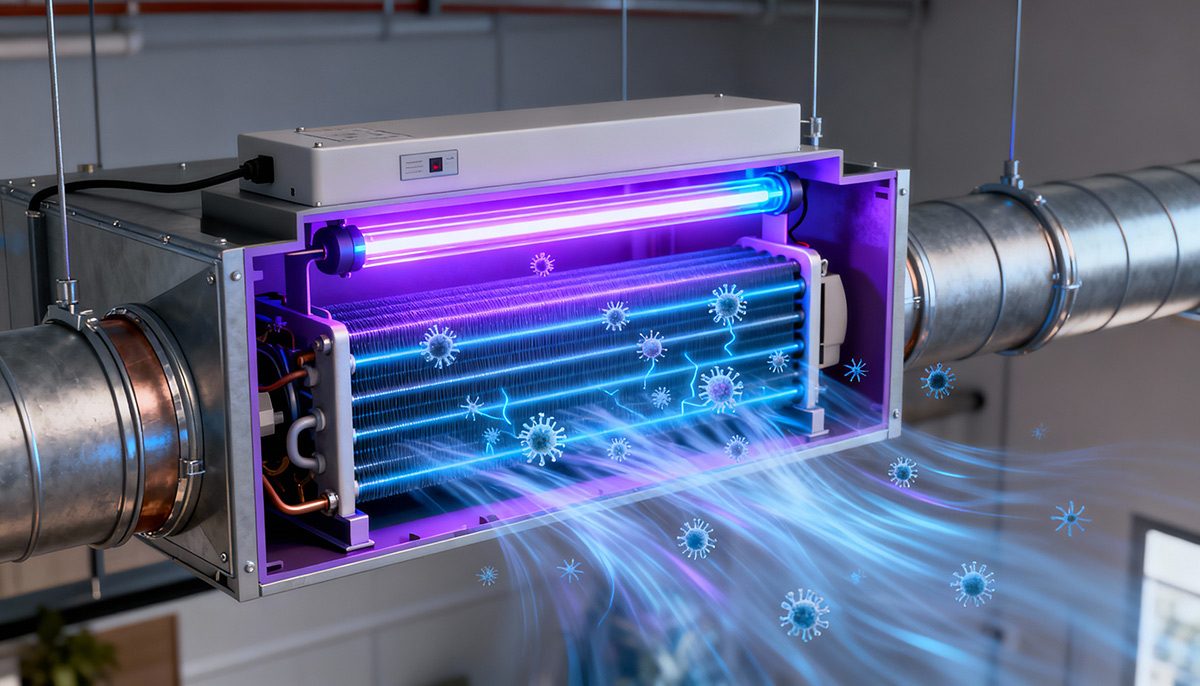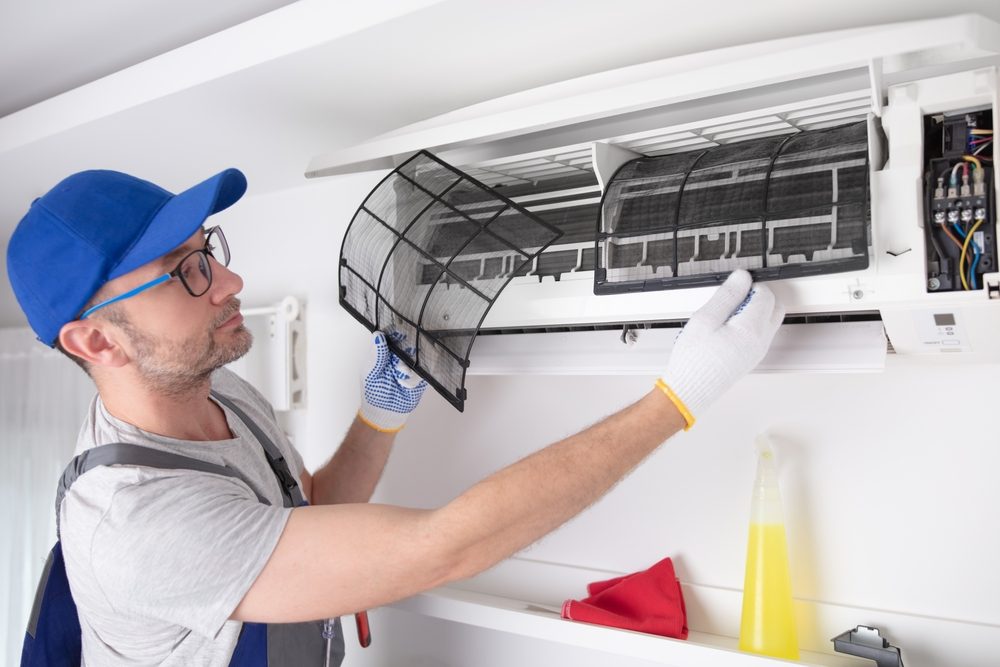
In order to measure air flow in an HVAC system you will need to use specialist tools. These would usually include one of three options – anemometers, flow hoods, or manometers. We will get into the details on these later, but suffice to say that using one of these will ensure that you get an accurate measurement. This is, after all, vital to ensure HVAC efficiency and comfort. Keep in mind that in many homes, air distribution systems operate at only 60 - 75% efficiency – according to the US Department of Energy. That’s a major issue when it comes to ensuring your space remains comfortable and your usage cost-effective.
So clearly making sure that the system you are using is adjusted correctly is important, whether that’s in a home, office, or even industrial facility. At Daikin, we can help. Our technology enables full control of the airflow to provide a discreet current that circulates around a space without blowing air directly on people. We’re a global HVAC leader and have been in the business for almost a century, and our experts are on-hand to help you with all your HVAC needs.
So let’s get into the details. First we will look at common methods for measuring air flow, then we will cover how to choose the right method for your specific HVAC system, before ending with some FAQs.
Common methods for measuring air flow
The three most common methods for measuring HVAC air flow are using anemometers, flow hoods, and manometers. Each of these provides different levels of accuracy and which one you choose will very much depend on the specific space in question. Let’s look at these options in more detail:
Anemometers: Essentially, anemometers measure the speed of air at supply and return vents. It’s a simple method that is often used in residential settings.
Flow hoods: Flow hoods fit directly over supply registers to capture and measure total air volume. These are more accurate than handheld tools and so you often see them being used in commercial and industrial settings where greater accuracy is required.
Manometers: These are used to measure pressure differences in ducts and are particularly useful for diagnosing blockages or imbalances in large systems. Using these readings, technicians can then estimate air flow.
Need help diagnosing your system’s air flow? Contact Daikin’s HVAC experts for tailored testing and solutions.
Choosing the right method for your HVAC system
The right method depends on a number of factors. These include the size of your HVAC system, the level of accuracy that you require, as well as the type of setting (residential, commercial, or industrial). Smaller systems often require only anemometer testing, but large buildings may need flow hoods and pressure-based diagnostics in order to obtain precise results. One thing to note: If you have a complex system then professional testing is recommended to ensure accurate calibration. This will also give you peace of mind knowing that you are compliant with building standards.
Benefits of accurate air flow measurement
The four main benefits of accurate air flow measurement are improved energy efficiency, reduced wear on equipment, better indoor air quality, and optimised comfort. Let’s look at these in more detail:
Improved energy efficiency: When you have air flow functioning properly it means the system isn’t having to work harder than it needs to. This in turn reduces the amount of energy you’re using and of course ultimately lowers your bills.
Reduced wear on equipment: When there is balanced air flow it stops unnecessary strain on other parts of the system. So motors, fans, and compressors will last longer, extending the overall life of your system.
Better air quality: In the end, it comes down to results. When air is being correctly distributed it helps the filters and ventilation systems work more effectively and in the process reduces dust and allergens.
Optimised comfort: When there is even air flow, it helps deliver consistent temperatures across rooms and spaces. This helps stop hot or cold spots within a particular space.
FAQs about measuring HVAC air flow
What is the ideal air flow rate for HVAC systems?
Generally, HVAC systems are designed for about 400 cubic feet per minute (CFM) per ton of cooling.
Can I measure air flow myself, or should I call a professional?
While it is certainly possible for homeowners to use handheld tools to do measurements, you will get better and more accurate results with professional testing. If we’re talking about large or complex systems then professional testing is a must.
How often should HVAC air flow be checked?
It’s generally recommended that you have inspections once a year but make sure to get the system checked sooner if you are experiencing any kind of issues or problems.
What are the signs of poor air flow in an HVAC system?
If you have issues with air flow then most likely you’re experiencing problems with keeping room temperatures constant. There will also be weak airflow at vents and possibly some unusual noise from the system. In addition, watch for higher energy bills because the system is struggling to operate efficiently.
About Daikin
Daikin leads the industry in innovation and customer support, operating in 140 countries worldwide with millions of systems installed. Starting in 1924 with just a handful of employees, today we are a global leader in HVAC technology with almost 100,000 employees worldwide.
Daikin offers cutting-edge solutions for residential and commercial use, our products trusted by millions for reliable, energy-efficient heating and cooling systems. From packaged units and split systems to ductless mini-splits and advanced VRF (VRV) technology, Daikin products are engineered for optimal performance, energy efficiency, and comfort year-round.
Get in touch with Daikin today.



